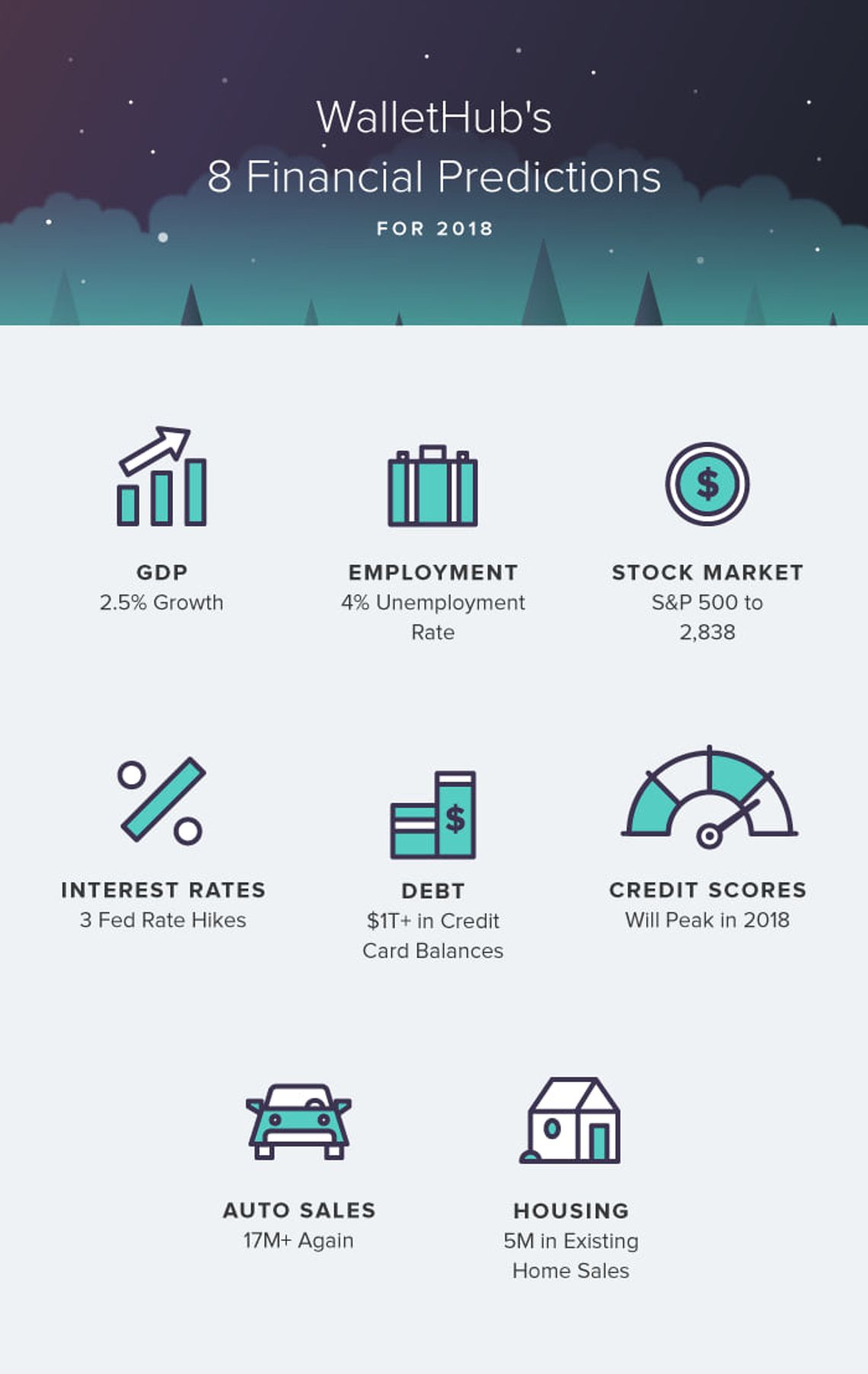[dropcap]F[/dropcap]oresight leads to preparedness, and being prepared really pays off when it comes to personal finance. Earlier this year, editors at WalletHub, a national survey website, surveyed more than a dozen economics experts, analyzed big-bank projections and Federal Reserve forecasts, and produced a list of financial predictions for 2018.
Here’s what they predict could take place in 2018:
8 Predictions for 2018
PLEASE LOG IN FOR PREMIUM CONTENT. Our website requires visitors to log in to view the best local news.
Not yet a subscriber? Subscribe today!










